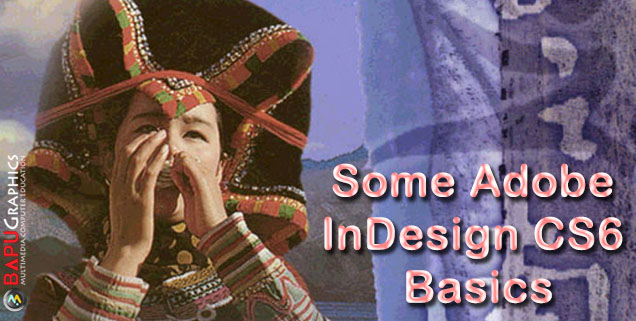Book Publishing Basics and InDesign
Three things that a lot of web site design publications share are text, illustrations/diagrams, and, obviously, images. All of these are important elements that usually get imported into a program that handles page design. Adobe InDesign Course is one such program that has actually been popular for over a decade now.
Within the application, text can be added or imported from different word processing programs, including the commonly made use of Microsoft Word. Adobe Photoshop or other software can be utilized to modify images and import them into the InDesign program. This program enables you to develop basic vector graphics; however, more complex illustrations are best created utilizing a program like Adobe Illustrator then importing them into the InDesign application for control. Within InDesign, you can likewise work on the layout, graphics, and different jobs to arrange and number pages.
Your completed file is then exported using among a number of methods. Use the Content Management System to keep a PDF, print a single item or a whole folder on an industrial printer, or format your declare easy reading on newer devices, such as the Kindle or the iPad.
How Graphics Work
Bitmap and vector are the 2 various type of graphics programs that exist worldwide of Web design today. In a bitmap program such as Adobe Photoshop, your information is put together from details bits that make up a larger map or a pixel grid consisting of various colours and levels of brightness that are appointed numbers. This is a really reliable technique of keeping data that is photographic in nature.
The assigned numbers translate as binary code that is strategically saved as nos and ones. Bitmaps (or raster images) are resolution reliant, indicating that image quality directly correlates to the pixel-per-inch resolution of the image. For example, Web images only need a resolution of 72 to 150 pixels per inch, while printing requires a resolution that is between 150 and 330 pixels per inch. You may currently understand that advertisement printing relies on dots per inch. The pixel-per-inch facility in graphic design is essentially the exact same thing.
Adobe Illustrator and other vector programs save information based upon a mathematical equation. Colour, size, radius, width, and the centre point all element into this equation. Vector files are smaller sized in size and suitable for the storage of diagrams, logos, and text. Contrary to bitmap files, these files are resolution independent with smooth lines and flat colours.
Adobe InDesign is one such vector program. As such, it does not use the pixel-per-inch resolution technique for storage, but it does enable you to import pixel-per-inch images or bitmap files into the application. Adobe InDesign is remarkable when it pertains to handling text.

